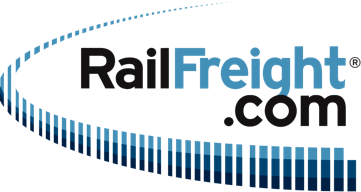Fire fighting train opens Waalhaven (Rotterdam) for dangerous goods

From today, 1 April 2021, shunting of almost all dangerous goods is permitted again at Waalhaven South yard in the port of Rotterdam. This is thanks to an extinguishing train, that was developed as a temporary solution for the emplacement yard. Waalhaven has been unavailable for the shunting of dangerous goods since 13 September 2019, because the fire safety facilities did not meet the local standards.
Do you want to read the full article?
Thank you for visiting RailFreight.com. Become a member of RailFreight Premium and get full access to all our premium content.
Are you already a member?
Having problems logging in? Call +31(0)10 280 1000 or send an email to customerdesk@promedia.nl.





